Harvest Iceberg Lettuce: There’s nothing quite like the crisp, refreshing taste of a homegrown salad, and iceberg lettuce is a classic choice! But knowing exactly when and how to harvest your iceberg lettuce can be a little tricky. Have you ever ended up with a bitter, bolted head, or harvested too early and missed out on its full potential? I know I have! That’s why I’m so excited to share these simple, DIY tricks that will ensure you get the most delicious and satisfying harvest every time.
Lettuce, in general, has a rich history, dating back to ancient Egypt where it was initially cultivated for its seeds and oil. Over time, the leafy greens became a staple in diets worldwide. While iceberg lettuce is a relatively modern variety, developed in the early 20th century, its popularity soared due to its ability to withstand long-distance transportation. Today, growing your own iceberg lettuce allows you to reconnect with this history and enjoy a fresher, more flavorful experience than anything you can find in a grocery store.
Why do you need these DIY harvesting hacks? Because knowing the right techniques can make all the difference! Harvesting at the peak of ripeness ensures the best flavor and texture. Plus, proper harvesting methods can even encourage continued growth, giving you multiple harvests from a single plant. So, let’s dive in and discover the secrets to a bountiful harvest iceberg lettuce crop!
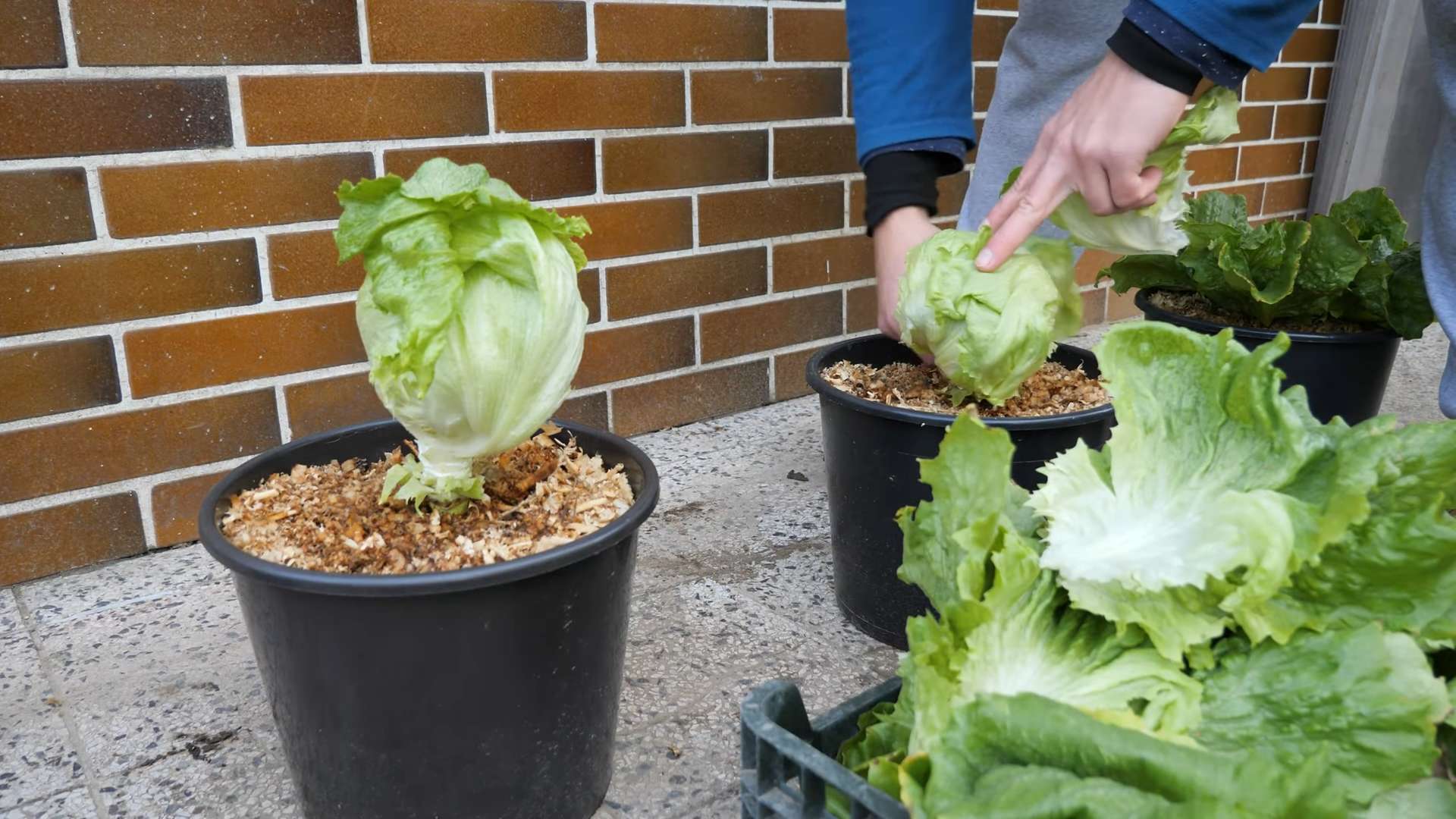
Harvesting Iceberg Lettuce Like a Pro: A DIY Guide
Okay, so you’ve nurtured your iceberg lettuce from tiny seedlings to beautiful, tightly packed heads. Now comes the exciting part: harvesting! Don’t worry if you’re a newbie; I’m here to guide you through the process step-by-step, ensuring you get the most delicious and crisp lettuce possible.
When to Harvest: The Key to Crispness
Knowing when to harvest is crucial. You don’t want to pick it too early and end up with a small, underdeveloped head, or wait too long and have it bolt (go to seed), which makes the leaves bitter. Here’s what to look for:
* Head Size: The head should be firm and feel solid when gently squeezed. It should be about the size of a softball or slightly larger, depending on the variety.
* Firmness: This is super important! A ripe iceberg lettuce head will be dense and compact. If it feels loose or spongy, it’s not ready yet.
* Color: The outer leaves should be a vibrant green. Avoid harvesting if the leaves are yellowing or showing signs of disease.
* Bolting: Keep an eye out for a tall, central stalk emerging from the center of the head. This indicates bolting, and while you can still eat the lettuce, it won’t be as tasty. Harvest immediately if you see this!
Tools You’ll Need
Before you head out to the garden, gather these essential tools:
* Sharp Knife: A serrated knife or a sharp kitchen knife works best. A clean cut is essential to prevent disease.
* Gloves (Optional): If you have sensitive skin or just want to keep your hands clean, gardening gloves are a good idea.
* Basket or Bag: To carry your harvested lettuce heads.
* Water (Optional): For a quick rinse in the garden if needed.
Harvesting Iceberg Lettuce: Step-by-Step
Alright, let’s get down to business! Follow these steps for a successful harvest:
1. Prepare Your Tools: Make sure your knife is clean and sharp. A dull knife can crush the lettuce and make it more susceptible to rot. I usually give mine a quick wash with soapy water and then rinse it thoroughly.
2. Locate the Base of the Head: Gently pull back the outer leaves to expose the base of the lettuce head where it meets the stem. You’ll want to make your cut here.
3. Make the Cut: Using your sharp knife, make a clean, horizontal cut through the stem, about 1-2 inches above the ground. Try to make the cut in one smooth motion to avoid tearing the lettuce.
4. Remove the Head: Carefully lift the harvested lettuce head from the plant. You might need to gently wiggle it free.
5. Inspect the Head: Before placing it in your basket or bag, give the head a quick inspection. Remove any damaged or discolored outer leaves.
6. Repeat for Other Heads: If you have multiple heads of lettuce ready for harvest, repeat steps 2-5 for each one.
7. Clean Up: Remove any remaining plant debris from the area around the harvested lettuce plants. This will help prevent pests and diseases.
Post-Harvest Care: Keeping Your Lettuce Fresh
Now that you’ve harvested your beautiful iceberg lettuce, it’s important to store it properly to maintain its crispness and flavor.
1. Rinse (Optional): If your lettuce is dirty, you can give it a gentle rinse under cool water. However, avoid soaking it, as this can make it soggy. I usually just wipe off any visible dirt.
2. Dry Thoroughly: This is crucial! Excess moisture will cause the lettuce to rot quickly. Use a salad spinner or gently pat the lettuce dry with paper towels.
3. Wrap in Paper Towels: Wrap the lettuce head in several layers of paper towels. This will help absorb any excess moisture and keep it crisp.
4. Store in a Plastic Bag: Place the wrapped lettuce head in a plastic bag or container. Make sure the bag is not airtight, as the lettuce needs to breathe. I like to use a perforated plastic bag.
5. Refrigerate: Store the lettuce in the crisper drawer of your refrigerator. It should stay fresh for up to a week, maybe even longer if you’ve dried it really well.
Troubleshooting: Common Issues and Solutions
Even with the best planning, things can sometimes go wrong. Here are some common issues you might encounter and how to deal with them:
* Lettuce is Bolting: If your lettuce starts to bolt, harvest it immediately. The leaves will be bitter, but you can still use them in salads or cooked dishes. To prevent bolting, make sure to plant your lettuce at the right time of year and provide it with adequate water and shade during hot weather.
* Lettuce is Rotting: Rotting is usually caused by excess moisture. Make sure to dry your lettuce thoroughly after harvesting and store it properly. Remove any damaged or discolored leaves to prevent the rot from spreading.
* Pests and Diseases: Keep an eye out for pests and diseases, such as aphids, slugs, and fungal infections. Treat any problems promptly to prevent them from damaging your lettuce. I like to use organic pest control methods whenever possible.
Extending Your Harvest: Succession Planting
Want to enjoy fresh iceberg lettuce all season long? Try succession planting! This involves planting new lettuce seedlings every few weeks. This way, you’ll have a continuous supply of lettuce throughout the growing season.
* Start Seeds Indoors: Start your lettuce seeds indoors about 4-6 weeks before the last expected frost.
* Transplant Seedlings: Transplant the seedlings outdoors when they are about 4-6 inches tall.
* Plant Every Few Weeks: Plant new seedlings every 2-3 weeks to ensure a continuous harvest.
Enjoying Your Harvest: Delicious Ideas
Now for the best part: enjoying your freshly harvested iceberg lettuce! Here are a few ideas:
* Classic Wedge Salad: A simple but delicious classic! Top a wedge of iceberg lettuce with blue cheese dressing, bacon bits, and chopped tomatoes.
* Lettuce Wraps: Use large lettuce leaves as wraps for your favorite fillings, such as ground meat, chicken, or tofu.
* Salads: Add chopped iceberg lettuce to your favorite salads for a crisp and refreshing crunch.
* Sandwiches and Burgers: Use lettuce leaves as a healthy and flavorful alternative to bread or buns.
* Tacos: Add shredded iceberg lettuce to your tacos for a cool and crunchy topping.
Saving Seeds (Advanced): For the Dedicated Gardener
If you’re feeling adventurous, you can even save seeds from your iceberg lettuce to plant next year. However, keep in mind that iceberg lettuce is a hybrid variety, so the seeds may not produce plants that are exactly the same as the parent plant.
1. Allow a Plant to Bolt: Choose a healthy plant and allow it to bolt.
2. Collect the Seeds: Once the seed pods have dried and turned brown, collect them.
3. Dry the Seeds: Spread the seeds out on a paper towel and allow them to dry completely.
4. Store the Seeds: Store the dried seeds in an airtight container in a cool, dark, and dry place.
5. Plant the Seeds: Plant the seeds next spring and see what you get!
Harvesting iceberg lettuce is a rewarding experience. With a little bit of knowledge and practice, you can enjoy fresh, crisp lettuce from your own garden all season long. Happy gardening!
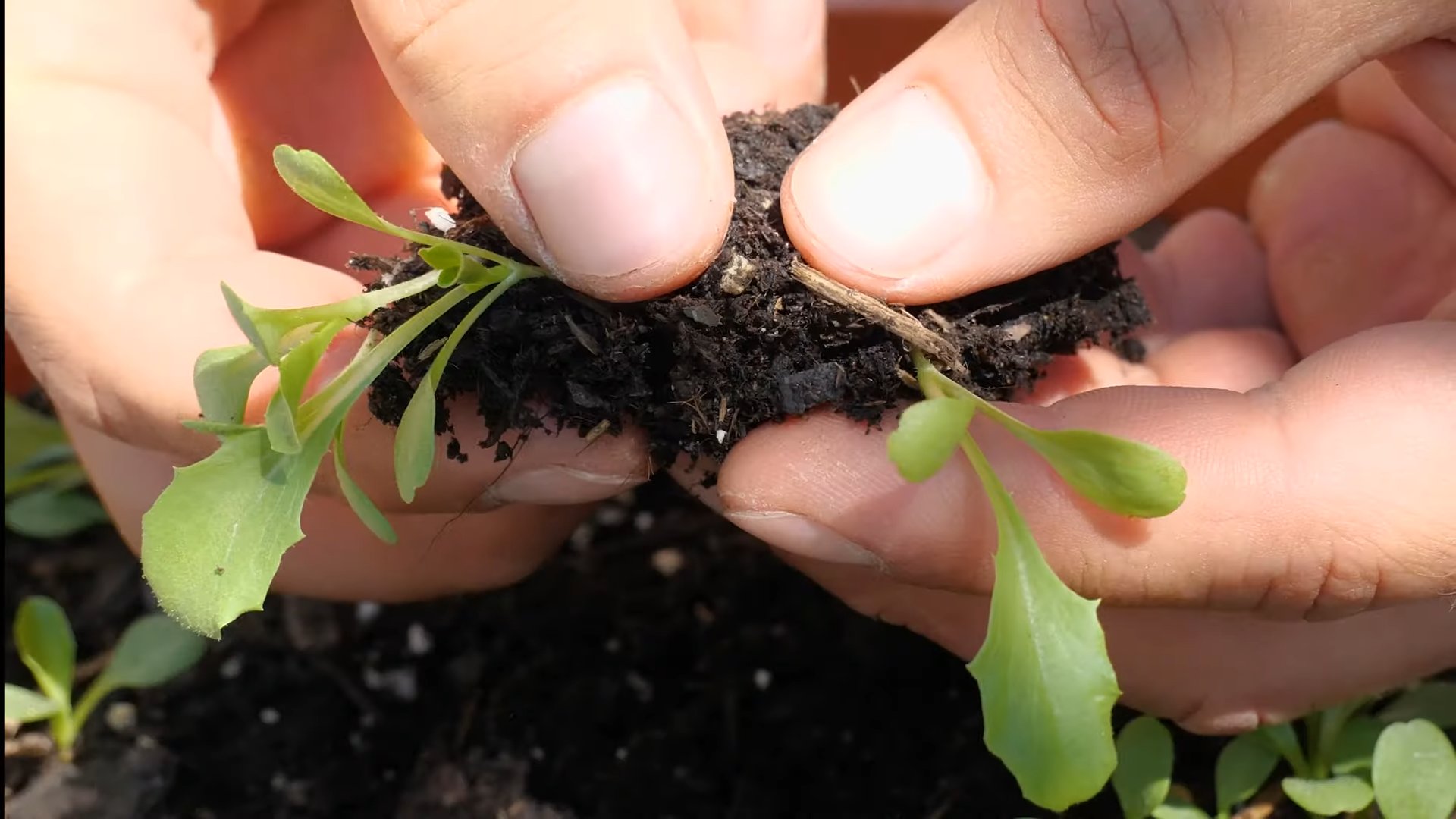
Conclusion
So, there you have it! Mastering the art of harvesting iceberg lettuce from your own garden isn’t just about getting fresh greens; it’s about reclaiming control over your food source, reducing waste, and experiencing the unparalleled satisfaction of eating something you nurtured from seed to table. This simple yet effective DIY trick is a game-changer for any home gardener, regardless of experience level.
Why is this a must-try? Because store-bought iceberg lettuce simply can’t compare to the crispness and flavor of freshly harvested lettuce. Plus, by harvesting only what you need, you extend the life of your plant and minimize spoilage. No more slimy, half-eaten heads of lettuce languishing in the crisper drawer! You’re also reducing your carbon footprint by cutting down on transportation and packaging. It’s a win-win for your taste buds and the planet.
But don’t stop there! Experiment with different harvesting techniques. Try harvesting individual leaves for a continuous supply of salad greens, or wait for the head to fully mature for a satisfying, single-harvest experience. Consider succession planting to ensure a steady supply of iceberg lettuce throughout the growing season. You can also explore different varieties of iceberg lettuce, each with its own unique flavor and texture profile. Some varieties are more heat-tolerant, while others are better suited for cooler climates.
And remember, the key to successful iceberg lettuce harvesting is observation. Pay attention to your plants, learn their growth patterns, and adapt your harvesting techniques accordingly. Don’t be afraid to experiment and find what works best for you and your garden.
We wholeheartedly encourage you to try this DIY trick for harvesting iceberg lettuce. It’s easy, rewarding, and will transform the way you think about salads. Once you’ve experienced the joy of eating freshly harvested iceberg lettuce, you’ll never go back to store-bought again.
Don’t forget to share your experiences with us! We’d love to hear about your successes, challenges, and any variations you’ve discovered. Post photos of your bountiful harvests on social media and tag us. Let’s build a community of passionate gardeners who are committed to growing and enjoying fresh, delicious food. Happy harvesting!
Frequently Asked Questions (FAQ)
Q: How do I know when my iceberg lettuce is ready to harvest?
A: This is a crucial question! The best time to harvest iceberg lettuce is when the head feels firm and compact, similar to how it feels in the grocery store. Gently squeeze the head; it should have some give but not be overly soft. The size of the head will vary depending on the variety and growing conditions, but generally, a head that’s about 6-8 inches in diameter is ready. Also, look for a slightly rounded top. If the head is starting to bolt (send up a flower stalk), it’s best to harvest it immediately, as the leaves will become bitter.
Q: Can I harvest iceberg lettuce leaves individually instead of the whole head?
A: Absolutely! This is a great way to extend the harvest and enjoy fresh lettuce over a longer period. Simply harvest the outer leaves as needed, leaving the inner leaves to continue growing. This method is often referred to as “cut-and-come-again.” Be sure to harvest the oldest, largest leaves first, as they are more likely to become tough or bitter. When harvesting individual leaves, use a sharp knife or scissors to avoid tearing the plant.
Q: What’s the best time of day to harvest iceberg lettuce?
A: The ideal time to harvest iceberg lettuce is in the morning, after the dew has dried but before the heat of the day sets in. This is when the leaves are at their crispest and most flavorful. Harvesting in the heat of the day can cause the leaves to wilt quickly.
Q: How should I store harvested iceberg lettuce?
A: Proper storage is key to keeping your harvested iceberg lettuce fresh. First, gently rinse the head under cool water to remove any dirt or debris. Then, pat it dry with a clean towel or paper towels. Wrap the head loosely in a clean paper towel and place it in a plastic bag or container. Store it in the crisper drawer of your refrigerator. This will help to maintain humidity and prevent the lettuce from drying out. Properly stored iceberg lettuce can last for up to a week in the refrigerator.
Q: My iceberg lettuce is starting to bolt. Can I still eat it?
A: Yes, you can still eat iceberg lettuce that is starting to bolt, but the leaves will likely be more bitter than usual. Bolting occurs when the plant is stressed, usually due to heat or lack of water. The plant sends up a flower stalk in an attempt to reproduce. To minimize bitterness, harvest the lettuce as soon as you notice signs of bolting. You can also try soaking the leaves in cold water for a few minutes before using them to help reduce the bitterness.
Q: Can I grow iceberg lettuce in containers?
A: Yes, you can definitely grow iceberg lettuce in containers! Choose a container that is at least 12 inches in diameter and 12 inches deep to provide enough room for the roots to grow. Use a well-draining potting mix and be sure to water regularly, especially during hot weather. Container-grown iceberg lettuce may require more frequent fertilization than lettuce grown in the ground.
Q: What are some common problems that affect iceberg lettuce?
A: Some common problems that can affect iceberg lettuce include aphids, slugs, and fungal diseases. Aphids are small, sap-sucking insects that can cause the leaves to become distorted and yellow. Slugs can chew holes in the leaves. Fungal diseases, such as downy mildew and powdery mildew, can cause spots or a white powdery coating on the leaves. To prevent these problems, choose disease-resistant varieties, practice good garden hygiene, and water at the base of the plants to avoid wetting the leaves. You can also use organic pest control methods, such as insecticidal soap or diatomaceous earth.
Q: How often should I water my iceberg lettuce?
A: Iceberg lettuce needs consistent moisture to thrive. Water deeply whenever the top inch of soil feels dry to the touch. Avoid overwatering, as this can lead to root rot. During hot weather, you may need to water more frequently. Mulching around the plants can help to retain moisture in the soil.
Q: What kind of fertilizer should I use for iceberg lettuce?
A: Iceberg lettuce benefits from a balanced fertilizer that is rich in nitrogen. You can use a liquid fertilizer or a slow-release granular fertilizer. Follow the instructions on the fertilizer package for application rates. Avoid over-fertilizing, as this can cause the leaves to become bitter.
Q: Can I save seeds from my iceberg lettuce?
A: Saving seeds from iceberg lettuce can be tricky, as it is a biennial plant, meaning it takes two years to complete its life cycle. In the first year, it produces leaves, and in the second year, it flowers and produces seeds. To save seeds, you will need to allow the plant to bolt and flower. Once the flowers have dried and the seed pods have formed, you can harvest the seeds. However, keep in mind that iceberg lettuce is often a hybrid variety, so the seeds may not produce plants that are true to type.


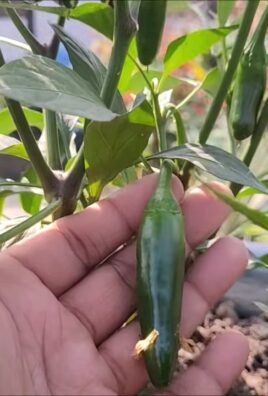
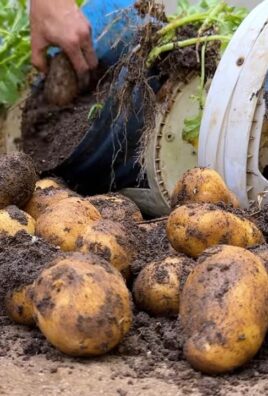
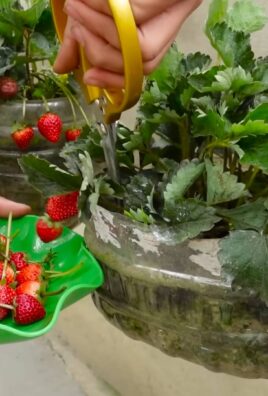
Leave a Comment